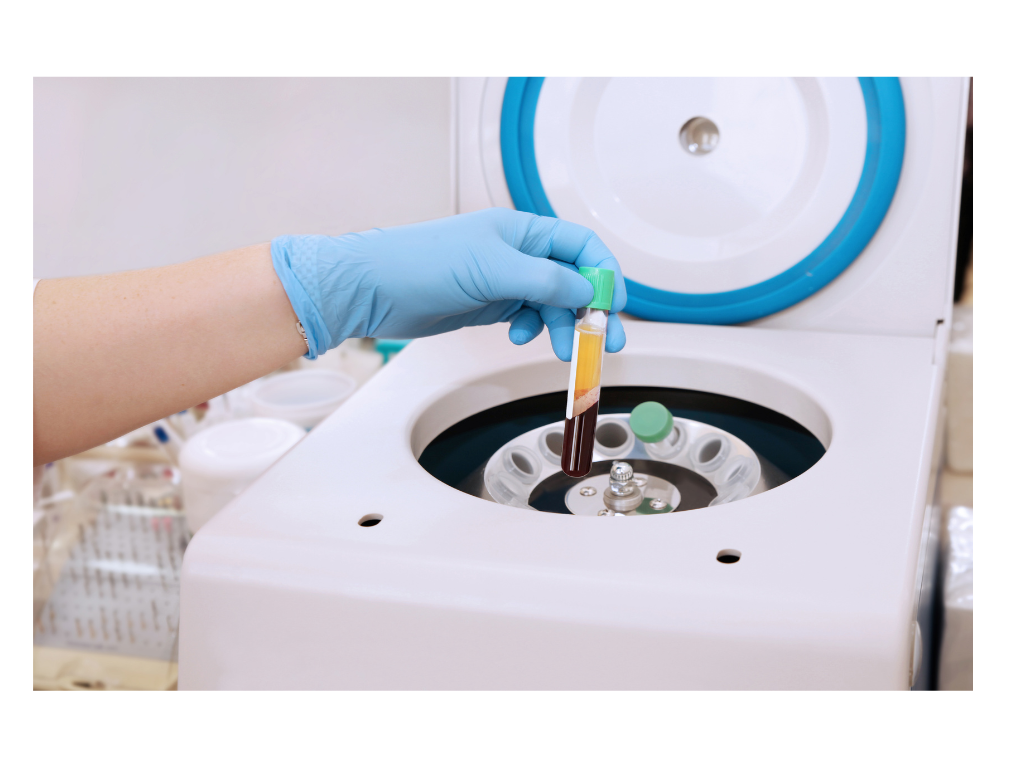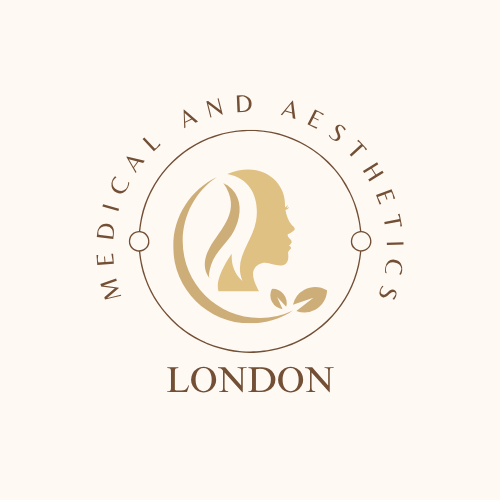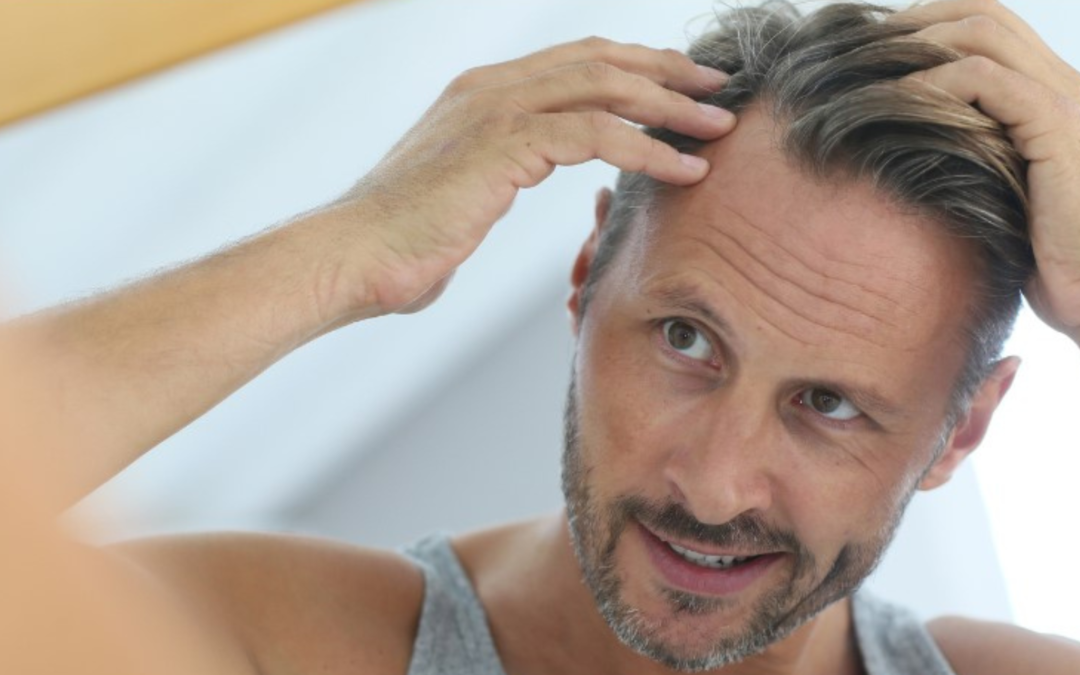Introduction
PRP is prepared from blood by centrifuging it at a high speed. This process separates plasma with high concentration of platelets from other cells in the blood. This straw coloured plasma is full of nutrients and proteins along with the platelets which are the store house of Growth Factors (GFs). These GFs from platelets and vascular endothelial GFs act on stem cells in the hair roots, stimulating growth of new hair and encouraging new blood vessel formation. PRP in general provides our body a mechanism to repair and regenerate new skin cells, cartilage, hair follicles and other body tissues.
Types of hair loss
Androgenic Alopecia

Androgenic alopecia is a genetic condition which causes chronic hair loss and affects both men and women. In men it is called male-pattern baldness, and it affects around 50% of men. In men the hairs recede in a specific pattern, moving the hairline backwards. In women there is a generalised thinning of hair all over the head.
Alopecia Areata

This is an autoimmune condition in which hair falls out in patches of different sizes. This condition can affect any hairy part of the body including scalp, beard, limbs or eyebrows.
Telogen Effluvium
This is a relatively common and temporary condition related to stress. The cause can be either physical or psychological. It results in excessive shedding of resting or telogen hair. Hair growth continues in different phases, however more than usual number of hairs move into resting phase and shed.
Traction Alopecia
This type of hair loss is due to physical pulling and traction on the hair due to different hair styles.
Hair loss due to illness or chemotherapy
This is transient condition and usually gets reversed after the recovery or withdrawal of the chemotherapy. We have seen significant hair loss in people who suffered with Covid infection. There is strong clinical evidence that PRP therapy can stimulate hair follicles, strengthen them, reduce follicle destruction, and stimulate natural hair re-growth. It promotes and regenerates hair growth. Moreover, it is also effective for the treatment of hair thinning.
Results of PRP treatment
The results depend upon the cause of the condition. Pre and post hair transplant it increases life and survival of grafted follicles. After illness it speeds up recovery and revival of the hair. If the cause is genetic (androgenic alopecia) usually multiple treatments are required before we see good results and maintenance treatments are required every 6 to 10 months.
Due to the difference in the pathology of various types of hair loss, the treatment and final outcome is also different. The best course of treatment can only be suggested by a Doctor after taking complete medical history and scalp/hair examination. The results start to appear after 2 to 3 months and continue to improve thereafter. At times more than one treatment modalities need to be implemented for stubborn hair loss.
PRP uses in aesthetics and medicine
Skin rejuvenation
Subcutaneous skin growth
Hair loss treatment
Treatment of burns and scars
Post corneal surgery
Musculoskeletal injuries
Pre and Post hair transplant
IVF
PRP is very successfully used in the treatment of hair loss in men and women. It helps in androgenic alopecia, alopecia due to illness, menopause and also in autoimmune condition. It is a non-surgical treatment which can be effectively combined with microneedling and other hair mesotherapy products.
Procedure




27 ml of blood is drawn in 3 tubes as it is done routinely for a blood test at the GP surgery. Tubes are then placed in a centrifuge machine which spins the blood at a very high speed. In few minutes plasma is separated from the red cells and plasma is then separated in syringes. At this stage calcium chloride is added to activate the platelets. After the activation process plasma is ready to be injected in the scalp. Injections can be done manually, with an automated injection gun or used with microneedling. For optimal results it is better to combine the three modalities in the treatment.
Treatment time is about 30 minutes.
There is no downtime after the procedure however the scalp can feel sore for a couple of hours.
Benefits of PRP treatment
It is all natural without the use of any chemicals.
Works with all types of hair loss
Can be combined with other hair loss treatments
It works

